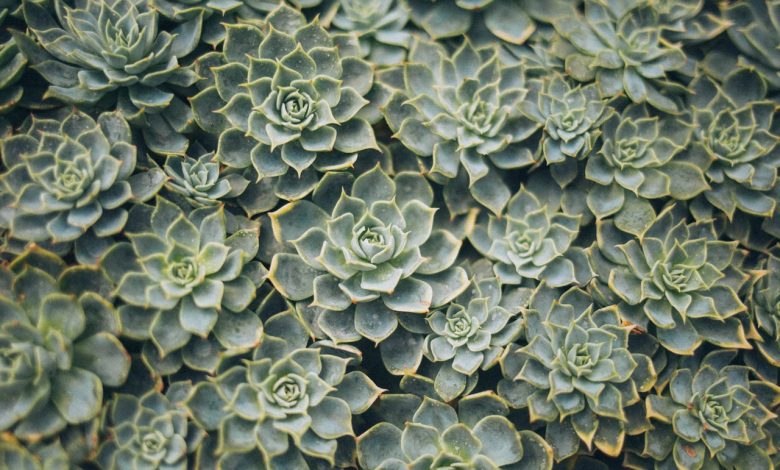
Through the years, botanists, agricultural farmers, gardeners and amateur gardeners alike have developed sophisticated environmental control mechanisms that have allowed the emergence of hydroponic home growing. The primary factors for why hydroponics is superior to traditional growing methods can be simplified in the following three aspects:
1. Feeding systems
Essentially, hydroponic feeding techniques allow you to intravenously (IV) inject your root zone/rhizosphere with high quality fertiliser/nutrients. Due to plants having to rely on rainfall/vapour or trapped moisture in the ground for liquid sustenance in nature, hydroponics can cause healthier, heavier, and faster growth of whatever you choose to grow, because of the variety of ways you can regulate feeding. (Aquaponics – using waste water from a live fish tank/water culture instead of fertilisers/nutrients is another technique that seems to harbour amazing results and a rising popularity.) The liquid feed/water is also far more efficient in a hydroponic setup, as more plants can be grown in far less space, and due to these feeding systems less overall water is used than if one used a traditional substrate.
People who live in hard water areas can also use a device called a reverse osmosis unit, which filters and reduces the electro-conductivity (ppm) contained in normal water supply. Just another beneficial control aspect available to hydroponic gardeners.
2. Light Quality, regulation and optimal PAR, PPFD (Photosynthetically active radiation, Photosynthetic Photon Flux Density.)
With the advancements made in grow lighting in the last 10 years, indoor gardening has experienced a renaissance of a kind with lighting efficiency, and quality. LED lighting has increased yield potential at far less electrical consumption. Usable light for the plants (PAR) has increased massively in any given space due to LEDS, but also the projection of that light onto the surface of your plants. (PPFD).
Light cycles are programmable/controllable, so you can grow all year round without loss of yield or plant health. Combining total control of night/day cycle with state of the art lighting will see your yields go through the roof.
3. Total Environmental Control.
Hydroponic gardening involves the creation of a micro-climate – an environment that you create and control to maximise the vigour and health of the plants, therefore the yield increases. The emergence of enviro-controllers allowed for automation in hydroponics, which bolsters a guarantee of safety for your plants. You can even go away for a week and not have to worry about the correct levels being maintained on your hygrometer.
Extraction (carbon scrubbing the air within your grow area), air circulation, air pressure, humidification/dehumidification, Co2 supplementation, thermodynamic control and even ozone generation are some of the major aspects hydroponic gardeners seek to regulate. All these aspects have corresponding gear to revel in, so with research you can create your own micro-climate, controllable even from your phone these days!
We asked an expert from Progrow who are a hydroponics specialist for a comment, he adds “most people think of hydroponics as strictly hydro grows (NFT – nutrient film technique, DWC – deep water culture etc.) where water is the growing medium instead of using a substrate, but due to modern advances in potting aeration methods, you can achieve similar results using hydroponic nutrient delivery techniques, but with a more robust substrate such as coco coir, or even soil.”



